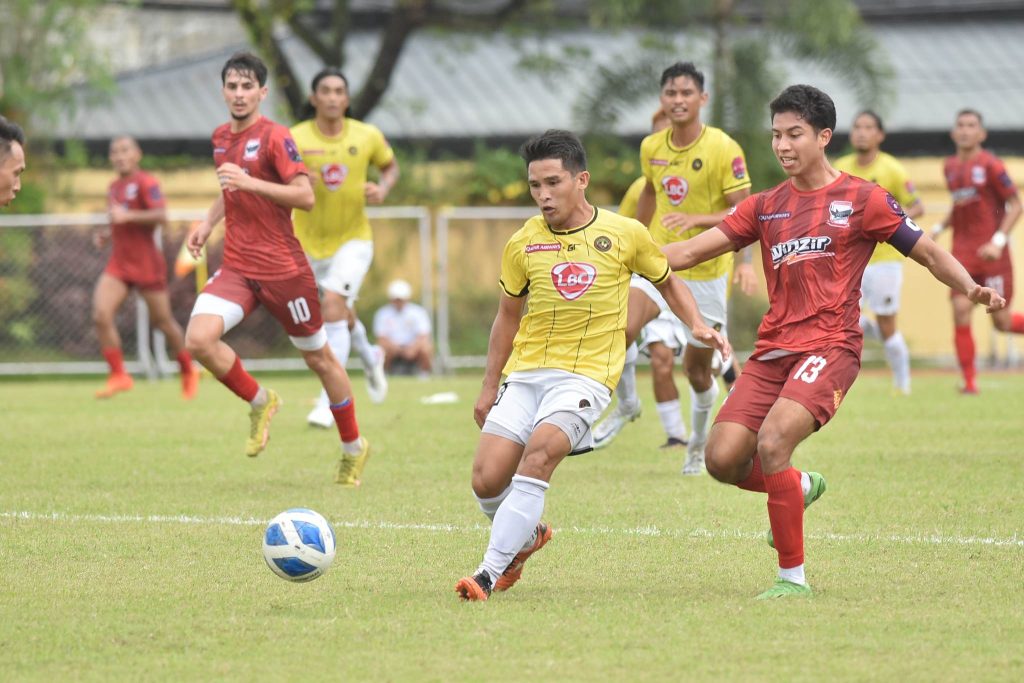After launching to much fanfare three years ago, United City FC joins the ranks of Global FC, Meralco and Ilocos United, pro clubs that couldn’t sustain their stint in the Philippines professional league. The Davao Aguilas also left the league, but it was more of a management decision and wasn’t brought by financial difficulties.

UCFC, which took over the Ceres team, has been losing players since the break and astute fans have predicted its demise. Some may revel in the fact they were right but there are no winners here.
Fans and even rival clubs lose with the loss of another club in the PFL since it paints an ugly picture of the league. How can a PFL team gain major sponsors if the marketing department of its potential sponsors learns that it’s been reduced to a six-team league with some barely surviving?
The sponsorship money from Qatar Airways was to last three years and 2023 is the third year of the package, can the PFF find another generous sponsor? If not, what happens to the league?
We don’t want to lose our professional league but perhaps, as a way forward, we have to step backward.
Go back to the semi-pro status where some amateur clubs, and even those in the region, can slowly build their teams, establish commercial partners and find LGUs as partner-hosts before they can change status as professional clubs.
Unless, of course, the PFF can find 10 other generous and smart visionaries like Ugur Tasci, the only club owner who already had a talented amateur team and a home stadium before considering joining the professional circuit.
Is the UFL, the de facto domestic league before the PFL, the perfect step backward to go forward? I don’t think so, the UFL had a major flaw — it was based in Manila.
We could revisit the PFF National Men’s Open pre-2010. The stepladder tournament was hurriedly turned into the Smart Club Championships when Smart promised a P80 million infusion to local football over 10 years — one that didn’t fully materialize.
The PFF National Open started with an elimination round at an FA level and had regional championships with the champions and runners-up going to the national finals.
We could do that again, but this time at a regional level — Mindanao, Visayas, and Luzon. Pro and semi-pro teams compete with each other in a regional league with the champions and the second placers advancing to a national cup, our own version of the Champions League.
On paper, it’s sustainable as it minimizes travel expenses and promotes community support for each club. But implementing it takes a lot of effort as it needs the cooperation of FA presidents and local club owners and stakeholders.
And I tell you, based on over two decades of covering local, regional and national football stakeholders, you’ll have a bigger chance of landing a date with your favorite OnlyFans star, than seeing cooperation among football stakeholders.
This leaves the PFF no choice but to push an unsustainable football model, that, barring a miracle, won’t last another three years.
